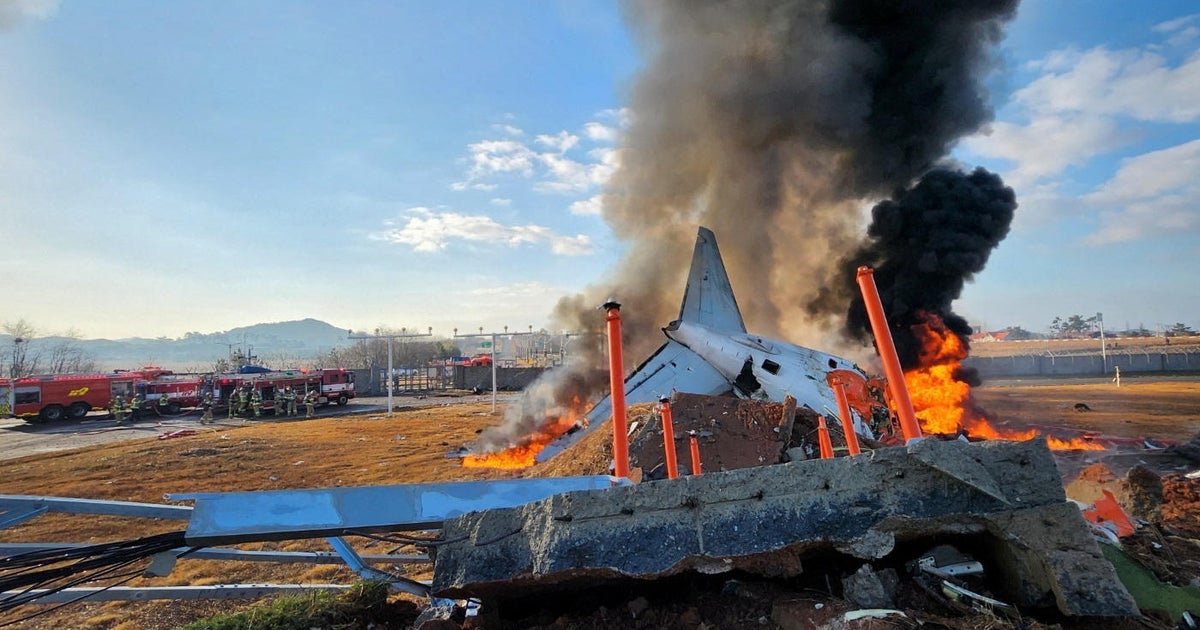Hurricane hunter planes provide crucial information during storm season
MIAMI -- An important part of the nation's hurricane program is keeping an eye on what a storm is doing long before any potential landfall.
While sattelites can see storms from up above, meteorologists say you really need to fly through a storm in order to see how strong it actually is.
Each year, the National Oceanic and Atmospheric Administration (NOAA) and the Air Force take their hurricane hunter planes on an awareness tour.
This year, the NOAA WP-3 and Air Force Reserve HC-130 both paid a visit to Opa-Locka Airport, CBS Miami reported.
The Air Force plane's primary mission is to fly through a storm, measure its wind speed, and drop instruments into its eye and eye wall. Aerial reconnaissance weather officers often help direct the plane to the eye of the storm.
"We love our job," said Major Ryan Rickert. "But then when you start seeing it get close to places where there are people's lives in danger, it's very humbling."
The NOAA aircraft's mission may vary, ranging from a reconnaissance flight for the National Hurricane Center to a research flight for a planned science program.
Each plane is loaded with instruments, allowing it to measure many different atmospheric properties in and near a hurricane. It also has three radars, two of which are Doppler, to better see the winds and rain within the storm.
Data that is transmitted from both of the planes help National Hurricane Center forecasters determine a storm's size and strength as well as computer models to make better predictions.
Researchers also use the data to make better models and improve their understanding of these powerful storms.
The NOAA's Climate Prediction Center seasonal outlook for 2017, shows the Atlantic hurricane season could see an above-average season.
Meteorologists say both hurricanes and tropical storm systems have the potential to cause serious damage -- including heavy rainfall, flooding, tornadoes, high winds and storm surges -- to inland and coastal areas.
According to the Tampa Bay Times, no one has been appointed to lead the Federal Emergency Management Agency (FEMA), which is responsible for preparing for and dealing with the aftermath of hurricanes, or the NOAA, which provides forecasts and warnings ahead of a storm. The president's proposed budget targets both agencies for cuts in funding.
The Atlantic hurricane season spans from June 1 through Nov. 30.



